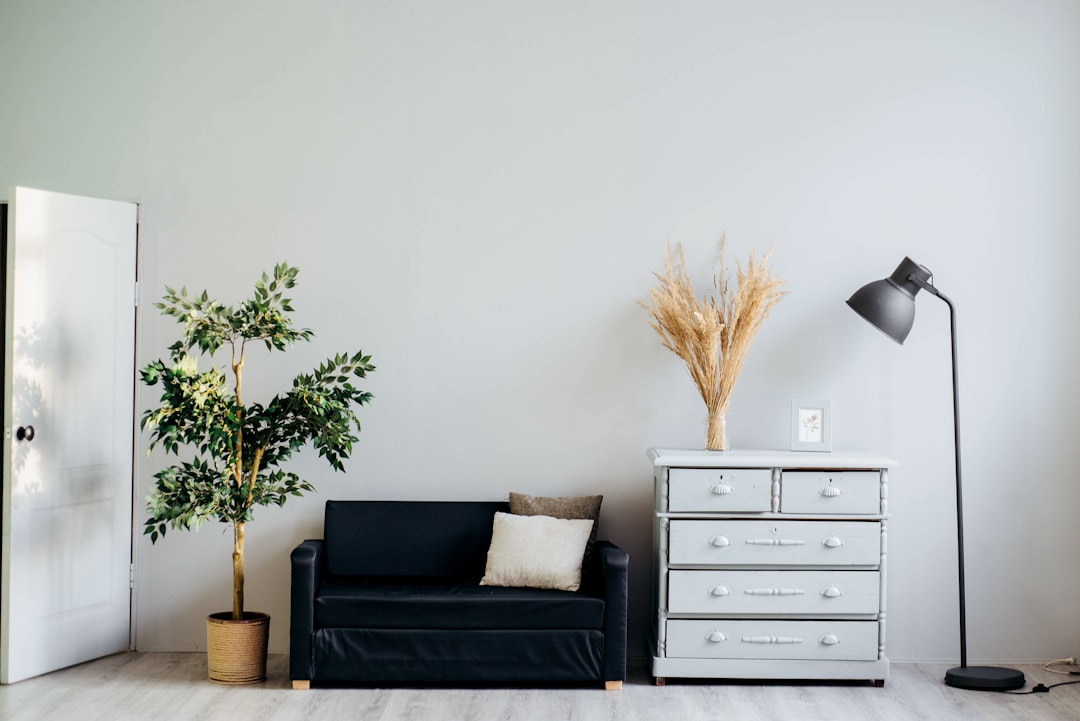Introduction
The kitchen is one of the most important and frequently used rooms in the house. Lighting plays a crucial role in making it functional, safe, and inviting. Proper lighting can enhance the ambiance, highlight the design features, and provide task illumination for cooking, cleaning, and dining. In this article, we will explore some of the best lighting ideas for your kitchen, from basic to advanced, and offer tips on how to choose the right fixtures, bulbs, and controls.
Basic Lighting Types
The three basic types of lighting are ambient, task, and accent. These should be used in combination to create a balanced and versatile lighting scheme.
Ambient Lighting
Ambient lighting is the general illumination that provides a base level of brightness for the entire kitchen. It can be achieved through overhead fixtures, such as chandeliers, pendant lights, or flush-mount ceiling lights. These should be placed in the center of the room or spaced evenly apart to avoid shadows and hot spots. Ambient lighting should be bright enough to navigate and socialize, but not too harsh or glary.
Task Lighting
Task lighting is focused illumination that helps you perform specific tasks, such as chopping food, reading recipes, or washing dishes. It should be placed where you need it the most, such as above the sink, range, or island. Task lighting can be provided by under-cabinet lights, track lights, or adjustable fixtures. It should be bright enough to see clearly, but not too cool or warm.
Accent Lighting
Accent lighting is decorative illumination that adds visual interest and drama to your kitchen. It can be used to highlight artwork, collectibles, or architectural features, such as a backsplash or a cove ceiling. Accent lighting should be dimmer than task and ambient lighting, and should be placed strategically to create a focal point. Accent lighting can be achieved through recessed lights, wall sconces, or strip lights.
Advanced Lighting Ideas
Once you have the basic lighting types installed, you can add some advanced lighting ideas to make your kitchen even more functional and stylish.
Dimming Controls
Dimming controls are a great way to adjust the light levels to your needs and mood. You can install a dimmer switch for each lighting group or use a remote control. Dimming controls can also save energy and extend bulb life.
Color Temperature
Color temperature refers to the warmth or coolness of the light, measured in Kelvin (K). A higher Kelvin number means cooler, bluer light, while a lower Kelvin number means warmer, redder light. For kitchens, it’s best to use bulbs with a color temperature of 2700K to 3000K, which mimics natural daylight and makes food look appetizing.
Layered Lighting
Layered lighting involves combining different lighting types and fixtures to create a multi-dimensional effect. For example, you can use pendant lights for ambient lighting, under-cabinet lights for task lighting, and recessed lights for accent lighting. Layered lighting adds depth, texture, and interest to your kitchen.


